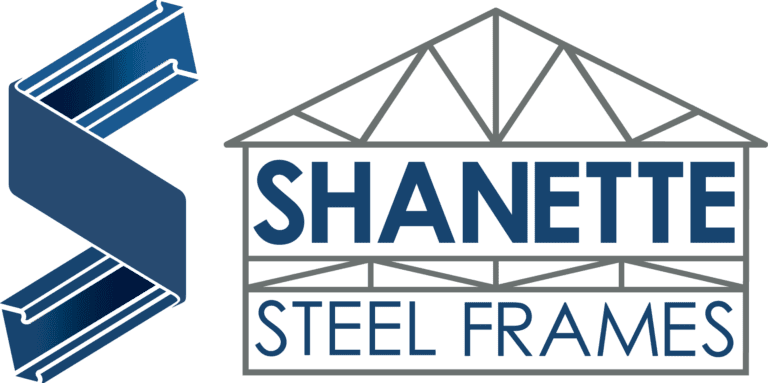AN OVERVIEW OF SOME BENEFITS ASSOCIATED WITH THE SERVICES WE PROVIDE TO OUR CLIENTS
Off-Site Benefits
1
FASTER COMPLETION TIMES
One of the top benefits in offsite construction for developers and clients alike, is that it leads to a more efficient faster completion date and keeps the project on schedule. As off-site construction happens in tandem with site foundation work, it significantly speeds up the whole build process. Therefore, lesser time is needed On-Site as the bulk of the building elements have already been factory assembled, leading to a faster installation.
Since most of the manufacturing happens inside a controlled environment, it also eliminates the risk of weather delays to the construction process. Consequently, buildings are occupied sooner due to faster production, delivery and installation, which yields a faster return on investment.
2
FEWER SITE DISTURBANCES
Off-Site construction greatly minimises the disruption to clients and the residents within the projects location. With a large proportion of the build and fit-out completed in the factory, there will be less traffic and transport of heavy machinery carrying workers and materials to and from the construction site. This avoids traffic delays, blocking access routes and parking spaces, which could be a logistical nightmare, especially if there are schools or hospitals in the surrounding area.
While it would be impossible to do away with the need for delivery vehicles and other equipment altogether, the reduced On-Site time means minimal disturbances to residential areas near the construction site.
3
REDUCED CARBON FOOTPRINT
Since the construction sector is one of the major contributors to air, water and noise pollution, One of the more impressive aspects in Off-Site construction is how much of a positive impact it can place upon the environment. This in turn reduces our carbon footprint, unlike site-built construction. There is a significantly lower impact of construction activities On-Site, like reduced carbon emissions and noise pollution from jobsite travel. There are less vehicles and machinery pumping pollutants into the air, leading to fewer greenhouse gas emissions.
Off-Site construction generates less waste that ends up in the landfill. Materials can be ordered more accurately and calculated to requirement specifications within a contained environment.
4
Flexibility
Modular buildings are very versatile and flexible, thanks to their bespoke design. Whether you need extra space for creating a modular extension space, be it office, studio, or gym etc., these designs can meet your requirements since they allow for re-use and restructuring of the components making up the final structure.
5
Extend & Expand
In comparison, a traditional building offers little to no flexibility and requires a lot of work in terms of finding a solution to expand your space, whereas a modular structure is easy to extend to, due to the design and materials used. Modular buildings are also easy to transport from one site to another, which serves as a real advantage for construction companies needing on-site offices.
6
Rapid Build
Off-Site construction is becoming a popular contender in the construction method of choice across various industries worldwide, and for very good reasons. Off-site construction is in demand due to its fast, efficient, cost-effective, and environmentally friendly benefits, and is revolutionising the construction industry in real-time. It’s a difficult technique to argue with.
7
IMPROVED SAFETY & WORKING CONDITIONS
A factory is a predictable environment, managed to a more meticulous manner than a building site, helping to eliminate the risk of accidents and fatalities due to various causes. The construction industry’s safety record may have improved in over the last decade or so, however there is still a considerable amount of incidents of reported and unreported construction site accident injuries that happen nationwide on an annual basis.
Moving construction work from a site to a factory offers safer conditions for workers to work in, as it significantly diminishes the risk of dangerous On-Site construction hazards like poor weather and visibility, slips and falls, falling from a height, and equipment-error related accidents.
8
PRECISION & QUALITY
Off-site construction allows for better quality assurance and control, resulting in a quality finish product every time. It’s easier to meet design specifications in a factory environment than on a building site, which means that the design does not allow any margins for error necessary for onsite construction.
Off-Site construction leads to improved indoor air quality also. As the frame structures are created inside a factory using dry materials, the likelihood of high levels of moisture being trapped in the framing materials is eliminated, which assists in preventing factors that may cause health risks.
9
COST EFFECTIVENESS
Considering lesser waste, faster production, and fewer mistakes in an Off-Site setting, construction is likely to end up being more cost effective. There is a significantly reduced amount of labor required to build in a factory that can lower costs due to fewer wages involved also.
Off-Site construction can also help save on skilled labour costs as the pre-fabricated pieces are designed to fit together easily without needing any special expertise. This enhances productivity because the assembly requires less time and labor.

Accomplishments
Milestones that we Proudly Share
With over 40 years of experience, we have successfully completed thousands of projects and served over 10,000 satisfied clients, fuelled by over 16,000 cups of coffee.
Our customers’ satisfaction drives our dedication and passion for our work and we are particularly proud to have achieved CE certification in 2017 and ISO 9001 – 2015 certification. We meticulously attend to every detail provided by our clients to bring their visions to life.
0
PROJECTS COMPLETED
0
years of Experience
0
+
happy clients
100
cups of coffee consumed
